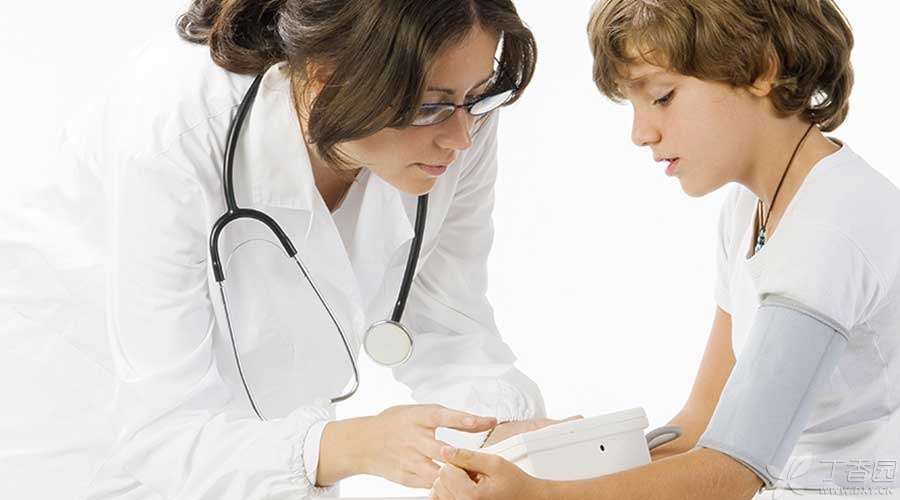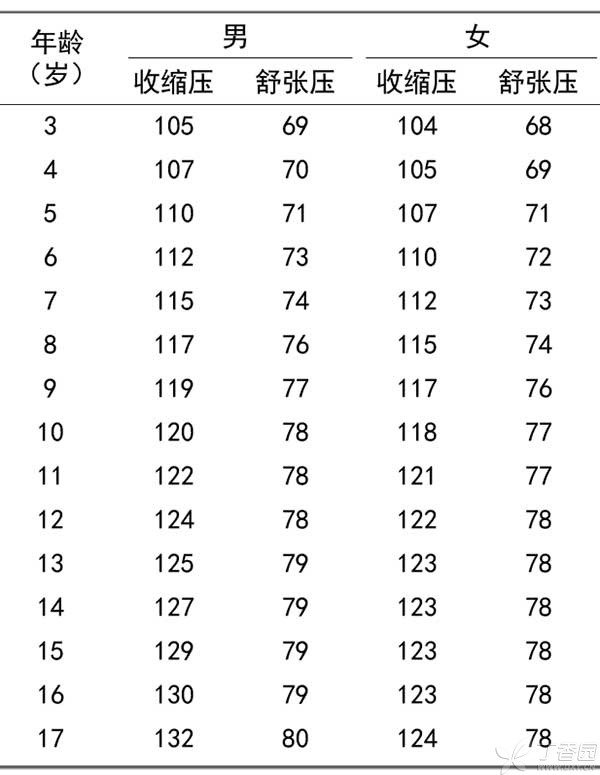
You may think that only adults will suffer from hypertension, but in fact, infants, preschool children and teenagers may suffer from hypertension.
About 2% ~ 9% of school-age or preschool children will have hypertension. Most of the hypertension in children is secondary hypertension, of which renal hypertension accounts for about 80% of secondary hypertension. With the increase of age, the proportion of essential hypertension gradually increases, and most of the hypertension found in puberty is essential hypertension.
Hypertension in children is closely related to obesity. About 50% of children with hypertension have obesity at the same time. Obese children are 6 times more likely to suffer from hypertension than normal weight children. These children also have lifestyle problems, such as high calorie, high fat diet habits and lack of exercise.
Why does the child suffer from hypertension?
The causes of hypertension vary according to the age of children. The younger the child, the more likely his hypertension is to be caused by other diseases.
Hypertension in infants is most common in premature infants. Some neonatal hypertension is usually caused by congenital kidney diseases, lung diseases, heart diseases or circulatory diseases, of which hypertension caused by kidney diseases is the most common.
High blood pressure in school-age children or adolescents is usually associated with overweight. In some cases, their high blood pressure may also be caused by kidney diseases or other conditions such as vascular malformation and hormone abnormalities. If a clear cause of high blood pressure cannot be found, doctors will call it [essential hypertension].
What is the normal blood pressure of the child?
Hypertension in children is defined as people whose blood pressure is higher than 95% of the percentile value of children of the same age group, similar height and the same sex. That is to say, if a child’s blood pressure is higher than 95% of the children of the same age group, then the child’s blood pressure is abnormal.
According to the data published in 2013, the diagnostic criteria for hypertension in children in China are shown in the following table (unit: mmHg).

Source: < < Guidelines for Education of Hypertension Patients in China > >
As children are easy to be nervous, doctors usually have high blood pressure values when measuring them for the first time. It is recommended to take the average value after multiple measurements in different time periods to judge whether children’s blood pressure is high.
Possible long-term effects of hypertension
If the blood pressure is high, the heart needs more strength to supply blood to the whole body. In addition, the blood vessels of the whole body also need to bear the pressure of the blood pressure. For this reason, the workload of the heart and arteries in patients with hypertension is much heavier than that of others.
If hypertension is not corrected, the arteries of the heart and the whole body may be damaged:
- The heart will enlarge, with insufficient blood supply, coronary heart disease, heart failure, etc. Cerebral arteries are affected, resulting in cerebral hemorrhage and cerebral infarction. Arteries of kidney, eyes and other organs are affected, resulting in renal failure, blindness, etc.
How to treat hypertension?
If the child’s hypertension is caused by certain underlying diseases, the blood pressure value may return to normal after the underlying diseases are treated.
If the child does not have any underlying diseases, the vast majority of hypertensive children can achieve the goal of blood pressure control through non-drug therapy (below 95th percentile of the same age group).
Non-drug therapy methods include:
1. Weight control.
2. Increase all kinds of sports activities. This is a key step to control weight. Children with hypertension should keep aerobic exercise for one hour every day. Exercise will only be banned when hypertension is very serious. In addition, screen time, such as watching TV, using computers or other electronic products, should be limited.
3. Adjust the diet structure. Different from adults, children are growing and developing, blindly reducing food intake will affect the normal development of children. Parents should make a reasonable diet plan for their children, and try to reduce the calories in their diet while ensuring the normal growth and development of their children. Special attention should be paid to the following points:
(1) Eat less fried and pickled foods with high fat and salt;
(2) Reduce refined rice flour in food and eat more grains such as coarse cereals;
(3) Eat less sweets and various snacks, and try to replace various snacks with fresh fruits;
(4) Sugar-containing beverages are the main culprit leading to obesity in many children. Hypertensive children should give up all kinds of sugar-containing beverages, including all kinds of carbonated beverages, fruit juice, milk-containing beverages, [Bunao] walnut dew, etc.
Parents have a great responsibility for children’s health. In urging children to exercise and improve their diet structure, parents must strictly supervise and set an example. The whole family can mobilize and form good living habits together so that children can benefit for life.
Children who find hypertension need to start drug therapy in time if non-drug therapy fails after 6 months, or if they suffer from persistent headache, fundus changes, heart damage, diabetes, etc. Children usually choose ACEI or ARB drugs or calcium antagonists.
If accidental opportunity to find children’s blood pressure is high, must pay attention to. Hypertensive children do not receive treatment as early as possible, will cause serious harm to heart, brain, kidney, eyes and other organs. However, early detection, timely control, children can still have a healthy life.
